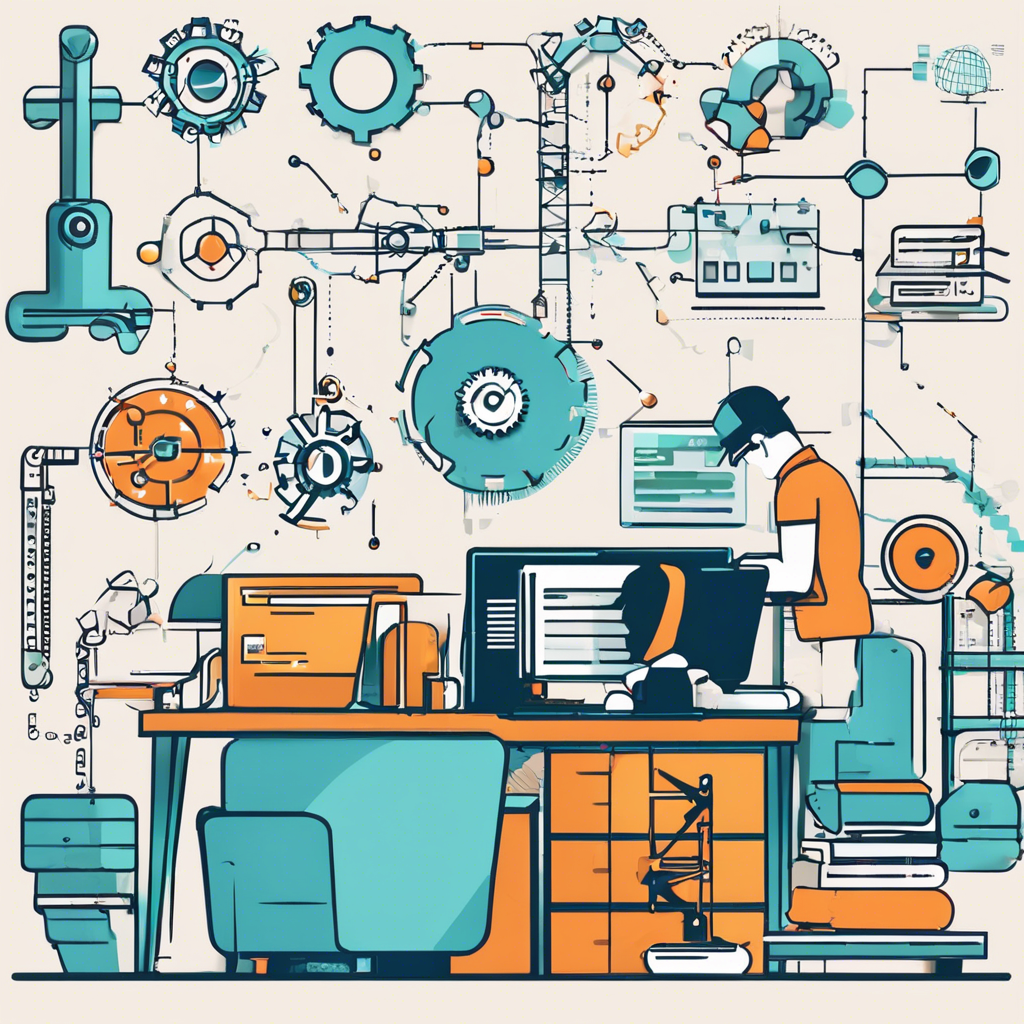DevOps automation tools

DevOps automation tools play a crucial role in modern software development processes, enabling teams to streamline workflows, increase efficiency, and deliver high-quality products at a faster pace. These tools encompass a range of technologies that automate various aspects of the development, testing, deployment, and monitoring processes. From continuous integration and deployment (CI/CD) pipelines to infrastructure as code (IaC) tools, DevOps automation tools have become indispensable in the tech industry.
One of the key benefits of using DevOps automation tools is the ability to reduce manual errors and improve overall consistency in software delivery. By automating repetitive tasks such as code testing, building, and deployment, development teams can minimize human intervention and ensure that the process is standardized across different environments. This not only saves time but also enhances the reliability of the software being developed.
Continuous integration (CI) tools are essential components of DevOps automation, as they enable developers to merge code changes into a shared repository frequently. By automating the process of code integration and running automated tests, CI tools help identify issues early in the development cycle, allowing teams to address them promptly. Popular CI tools like Jenkins, GitLab CI, and CircleCI have become standard practices in DevOps workflows.
In addition to CI tools, continuous deployment (CD) tools are used to automate the release process and ensure that new code changes are deployed to production environments seamlessly. CD tools like Spinnaker, Octopus Deploy, and AWS CodePipeline enable teams to automate the deployment process, reducing the risk of human error and accelerating the time-to-market for software releases.
Infrastructure as code (IaC) tools have revolutionized the way infrastructure is managed in modern software development. By defining infrastructure configurations in code, teams can automate the provisioning, configuration, and management of infrastructure resources such as servers, networks, and storage. Tools like Terraform, Ansible, and Chef enable developers to treat infrastructure as code, making it easier to scale and manage complex environments.
Monitoring and logging tools are essential for ensuring the performance and stability of software applications in production environments. DevOps automation tools like Prometheus, ELK Stack (Elasticsearch, Logstash, Kibana), and Grafana enable teams to monitor key metrics, track logs, and troubleshoot issues in real-time. By automating the monitoring process, teams can proactively detect and resolve performance bottlenecks before they impact end-users.
Containerization tools like Docker and Kubernetes have gained popularity in DevOps practices for their ability to streamline application deployment and management. By encapsulating applications and their dependencies into containers, developers can ensure consistency across different environments and simplify the deployment process. Container orchestration tools like Kubernetes further automate the management of containerized applications at scale.
Version control systems like Git play a critical role in DevOps automation by enabling teams to collaborate on code changes, track revisions, and manage code repositories effectively. By automating the process of version control, developers can work in parallel on different features, merge code changes seamlessly, and maintain a history of all modifications. Git, along with platforms like GitHub and GitLab, has become a cornerstone of modern software development workflows.
Security scanning tools are essential for ensuring the security of software applications throughout the development lifecycle. DevOps automation tools like SonarQube, OWASP ZAP, and Checkmarx enable teams to automate security testing, identify vulnerabilities in code, and enforce security best practices. By integrating security scanning tools into the CI/CD pipeline, teams can detect and remediate security issues early in the development process.
In conclusion, DevOps automation tools have become indispensable in modern software development practices, enabling teams to automate tasks, increase efficiency, and deliver high-quality products rapidly. By leveraging tools for continuous integration, deployment, infrastructure as code, monitoring, containerization, version control, and security scanning, development teams can streamline workflows, reduce manual errors, and accelerate the software delivery process. As technology continues to evolve, the role of DevOps automation tools will only grow in importance, shaping the future of software development and innovation.




